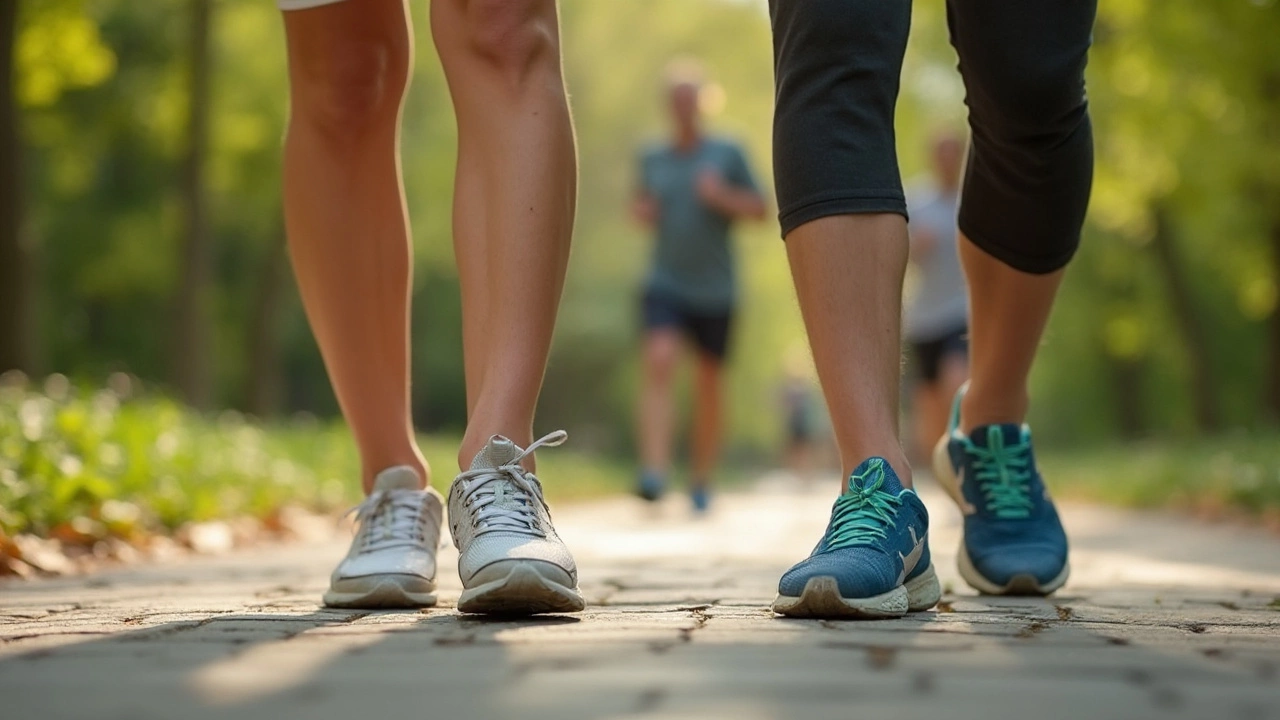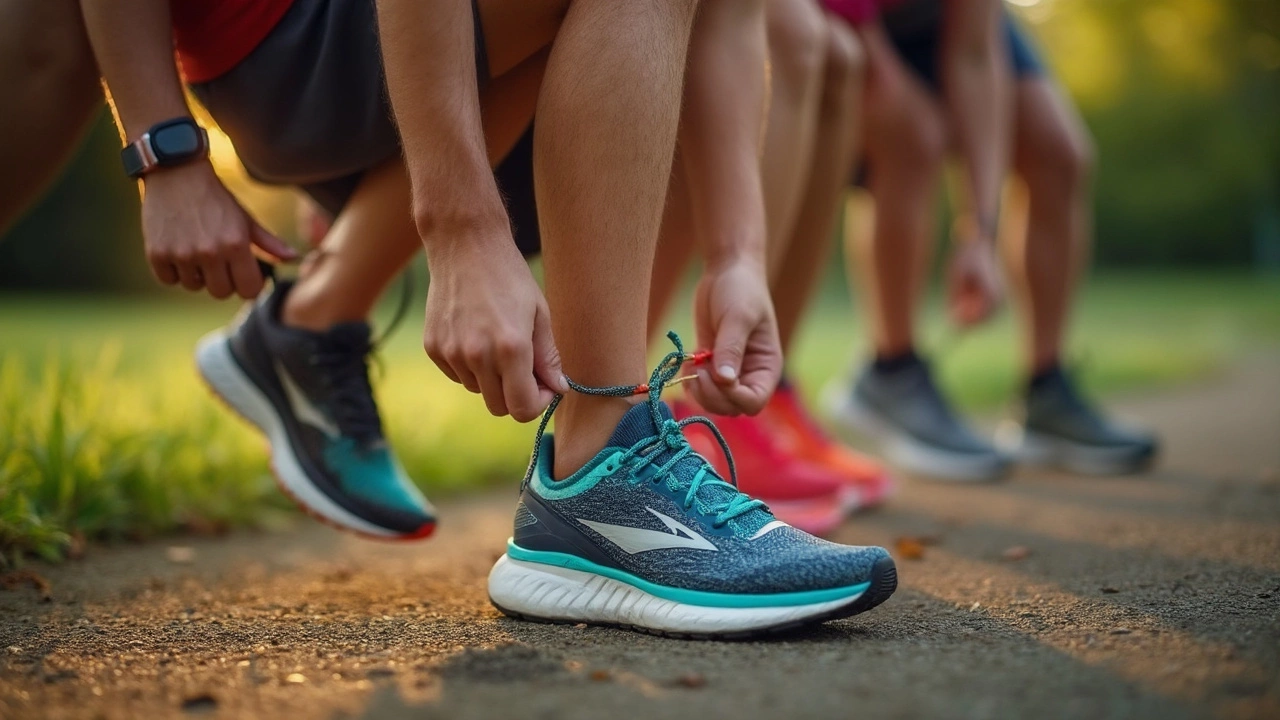
Foot Health Tips: Keep Your Feet Strong and Pain‑Free
Your feet are the foundation of every move you make, whether you’re running a marathon, hitting the gym, or just walking to the shop. Neglect them and you’ll feel the fallout quickly – sore arches, blisters, or even a long lay‑off from your favourite sport. The good news is that foot care doesn’t need a fancy routine. A few easy habits can keep you on your feet for years.
Why focus on foot health? Strong, flexible feet improve balance, boost performance and reduce strain on knees and hips. When a foot problem pops up, it often spreads up the chain, turning a small ache into a big setback. That’s why keeping the feet healthy is a smart part of any training plan.
Common Foot Problems
Most athletes run into the same culprits: blisters, plantar‑fascia pain, and toe injuries. Blisters form when skin rubs against a shoe that’s too tight or too loose – they’re painful and can turn infected if ignored. Plantar‑fascia inflammation, often called plantar‑fasciitis, shows up as a sharp heel sting first thing in the morning. It’s caused by tight calf muscles, over‑training, or unsupportive footwear. Toe problems, like nail bruises or bunions, usually appear from shoes that crowd the toes or from repetitive impact in sports like running and soccer.
Running shoes also play a big role. A pair that’s worn out or doesn’t match your foot type can increase the risk of all the issues above. If you’ve read the Asics or Hoka reviews on our site, you already know the importance of cushioning, stability and fit.
Everyday Foot Care Routine
Start with a simple daily cleanse. Wash your feet with warm water, dry them thoroughly – especially between the toes – and apply a light lotion to keep the skin supple. Keep nails trimmed straight across to avoid ingrown problems.
Stretching is a must. Spend a minute each morning and evening doing a calf‑to‑wall stretch and a simple toe‑curl on the floor. These moves loosen the plantar‑fascia and keep the ankle joint mobile, which lowers the chance of heel pain after a long run.
Choose shoes wisely. Look for a pair that offers good arch support, enough room for toe splay and a modest heel drop if you’re a runner. Replace running shoes every 300‑500 miles – that’s when the midsole starts to lose its shock‑absorbing ability.
Strengthen the foot muscles with a few easy exercises. Try picking up marbles with your toes, or do short towel curls by pulling a towel toward you using just your feet. These tiny actions build the intrinsic muscles that help stabilize the arch during activity.
If pain lingers after a few days of rest, ice, and the steps above, it’s time to see a podiatrist or sports physiotherapist. They can spot issues you might miss, such as subtle biomechanical imbalances, and suggest custom orthotics or targeted rehab.
Putting these habits into your routine costs almost nothing but pays off in comfort and performance. Strong, healthy feet let you train harder, play longer and stay injury‑free – and that’s the real win for any sport lover.


Is it OK to Walk in Old Running Shoes? The Real Impact on Your Feet
